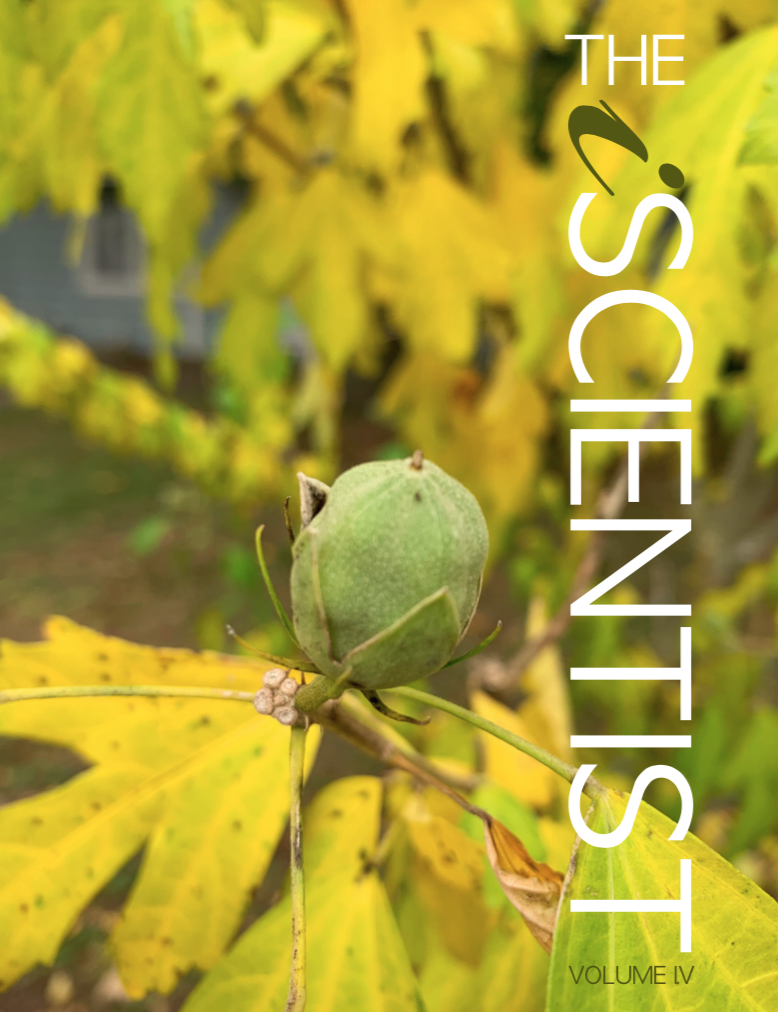Epidemiology of Fear
Investigating Societal Responses to Pathogenic Invasion
Abstract
Human history is punctuated by numerous deadly epidemics. The social environment associated with epidemics often elicits secondary ‘epidemics’ of fear, stigmatization, and moralization. If not properly addressed, these secondary epidemics pose a theoretical threat to public order. Hence, it is vital to develop policy specifically designed to anticipate and quell human responses to epidemics. In order to predict how societies will respond to future epidemics, it is necessary to analyze historical records of disease contained within media discourse. As such, a total of 216 examples of media discourse pertaining to three major historical epidemics—the Second Cholera Epidemic (1831-1833), HIV/AIDS (1981-1983), and the West African Ebola Outbreak (WAEO) (2014-2015)—were collected in the form of newspaper articles and twitter ‘tweets’. The type of language used was then categorized by valence. It was noted that media discourse pertaining to the HIV/AIDS pandemic was frequently inflammatory towards marginalized groups and was more associated with negative valence than news discourse for the other two case studies. There was also a stark disparity between valence levels for social media and news discourse; social media discourse was more often associated with negative valence than all other news discourse. This could be because, anecdotally, language used by social media was far more flippant and even leaned towards fearmongering. In all, fatal disease has—and always will—be part of human society, and it is vital that past responses inform future endeavors to develop effective response policies.
Downloads
Published
Issue
Section
License
Authors who publish with this journal agree to the following terms:- Authors retain copyright and grant the journal right of first publication with the work simultaneously licensed under a Creative Commons Attribution License that allows others to share the work with an acknowledgement of the work's authorship and initial publication in this journal.
- Authors are able to enter into separate, additional contractual arrangements for the non-exclusive distribution of the journal's published version of the work (e.g., post it to an institutional repository or publish it in a book), with an acknowledgement of its initial publication in this journal.
- Authors are permitted and encouraged to post their work online (e.g., in institutional repositories or on their website) prior to and during the submission process, as it can lead to productive exchanges, as well as earlier and greater citation of published work (See The Effect of Open Access).


